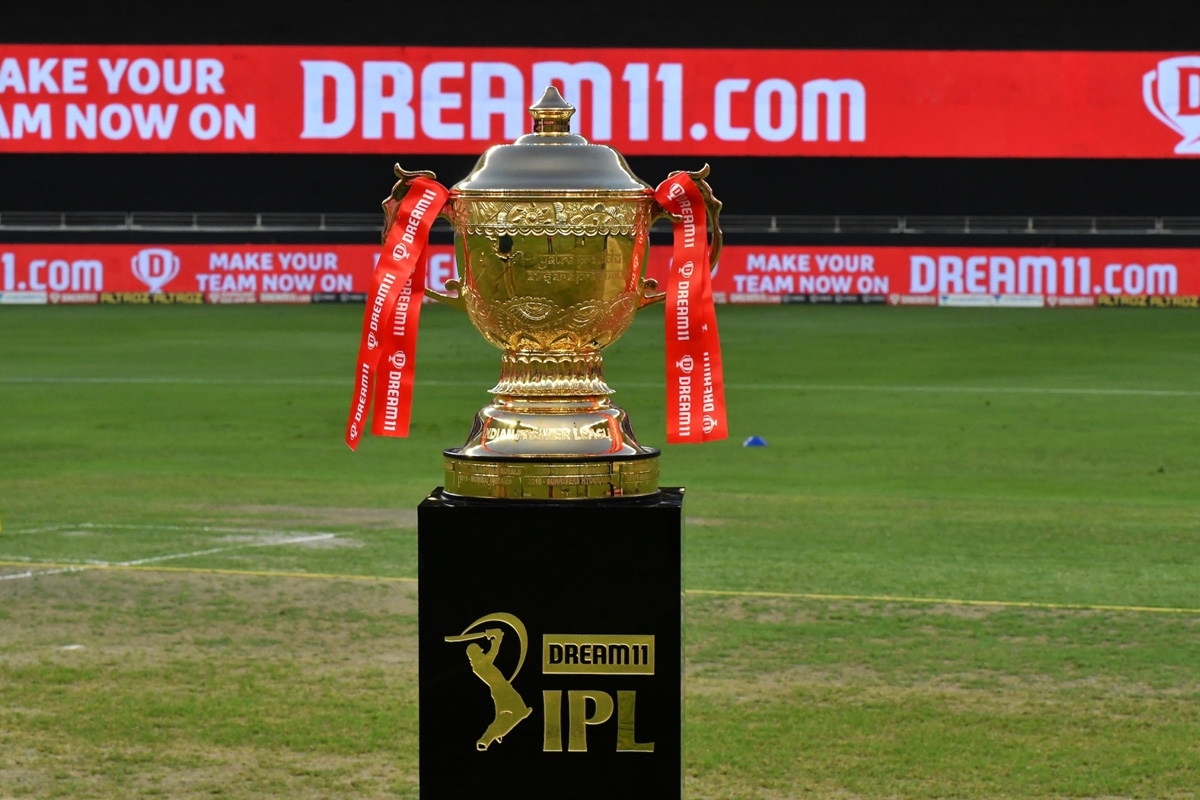Type “underperforming cricketers in the Indian Premier League” into any search engine and comprehensive, annual lists will cascade, the tabulation showing just how meticulous we can be in terms of compilation of evidence. It also fits in with the oft-expressed opinion that the IPL has endowed our up and coming players with the psychological wherewithal to be able to go toe to toe with any rivals anywhere and pull it off.
Contemporary records – two successive away Test series triumphs Down Under, for instance – bear this out too. But if superstars from seven seas away falter, or foozle it, because our boys no longer defer to them, there is also the flip side to it.
Advertisement
The unsuccessful quintet from 2020 listed on a website includes a triad – Australians Steve Smith and Glenn Maxwell and Andre Russell from the Caribbean – that found takers in 2021 all right, probably persuading at least some aficionados of the game that the IPL should not be mistaken for cricket’s Darwinian battleground.
If someone flops and doesn’t find the failure an impediment to finding fresh employment, something has surely gone wrong somewhere along the way. Take it too seriously and you end up getting it completely wrong. Relish it while it’s on, make sure you are wellstocked in the larder and head straight for the dinner table once the hurly-burly is done and the battle, lost and won.
Just as most made-in-Mumbai films are not meant for serious reviews, the IPL was never even sought to be directed at the buff who lived, breathed and dreamt of cricket. This is from the school of thought that believes India’s wide and varied competitive platforms suffice to supply it with exciting new talent, relegating the IPL to a money-spinning but fundamentally frivolous enterprise.
The truth may, or may not, lie somewhere between the polarities as illustrated in the revelries around the tournament and the reservations of the solemn conservative, but, taken together, they can be said to reflect Indian cricket’s flexibility and resilience. It has climbed to levels both the United States of America and Europe, with their own sporting preferences, cannot hope to scale.
The USA knows and thrives on closed-circuit, business-oriented franchise events. Europe wants competitions thrown open, complete with qualifying. When word got about this past week that 12 of European football’s best clubs were plotting, backed by an American investment bank, a cosy Camelot built around midweek games for the customary pot of gold, hell’s foundations quivered.
It took on the contours of an ideological battle amid ill-concealed hostility to the basic concept of exclusivity laced into the breakaway bid’s manifesto. They thought the European Super League would leave the Champions League nutmegged. Indian cricket, in contrast, accommodates both IPL franchises and the traditional combatants, which are mostly states within the country, without either marginalising the other. Even the IPL helps if Indians do well.











